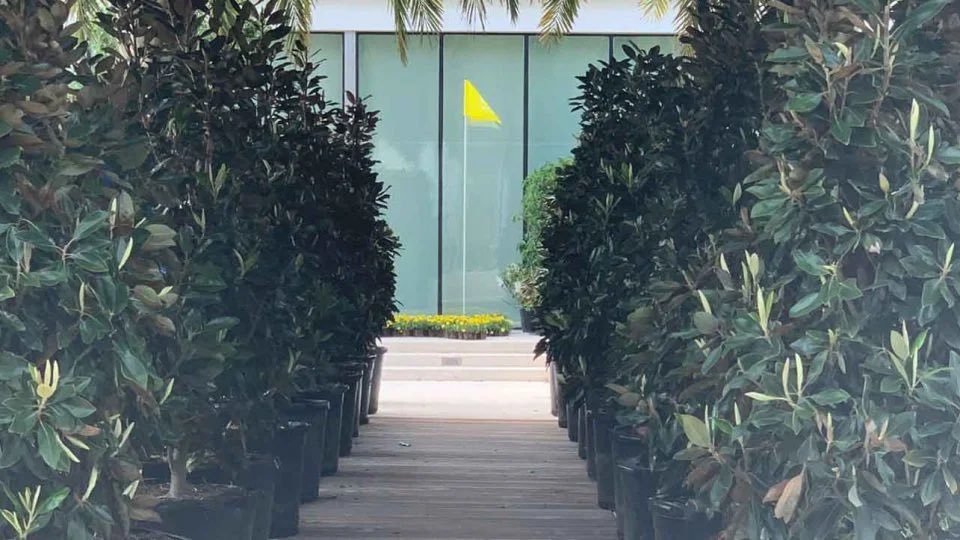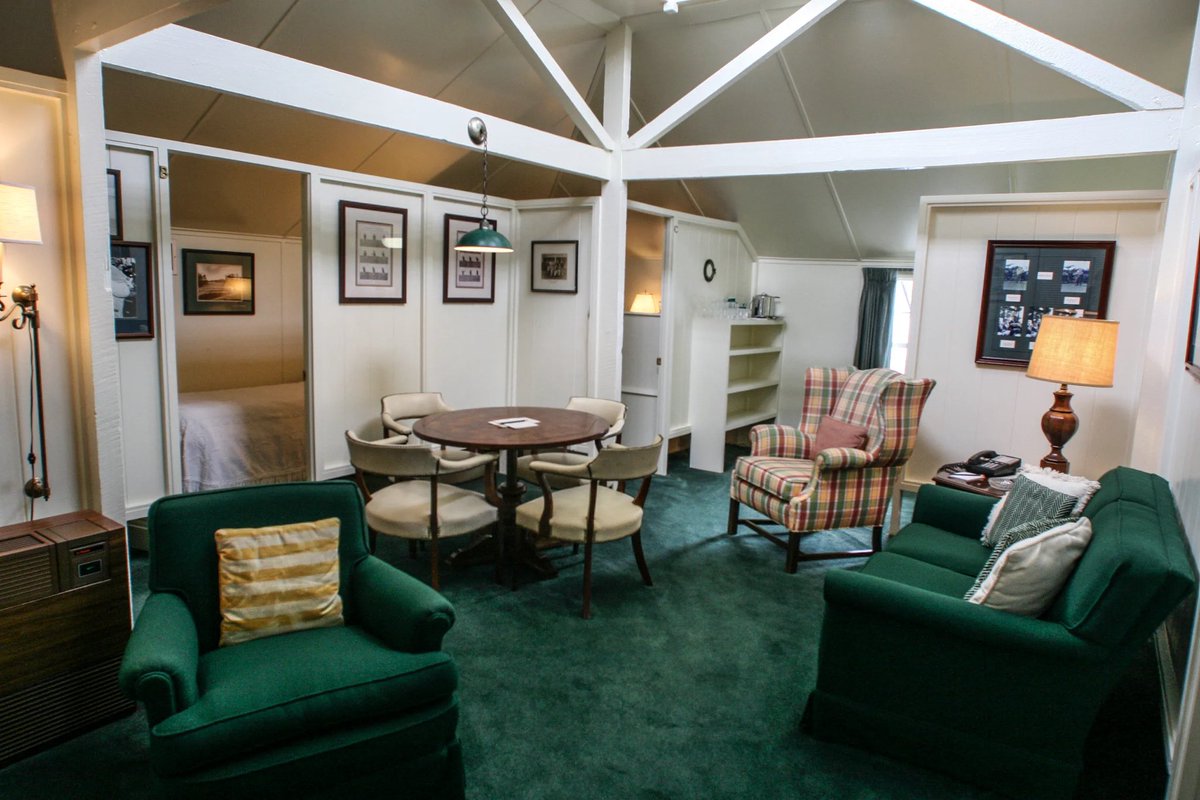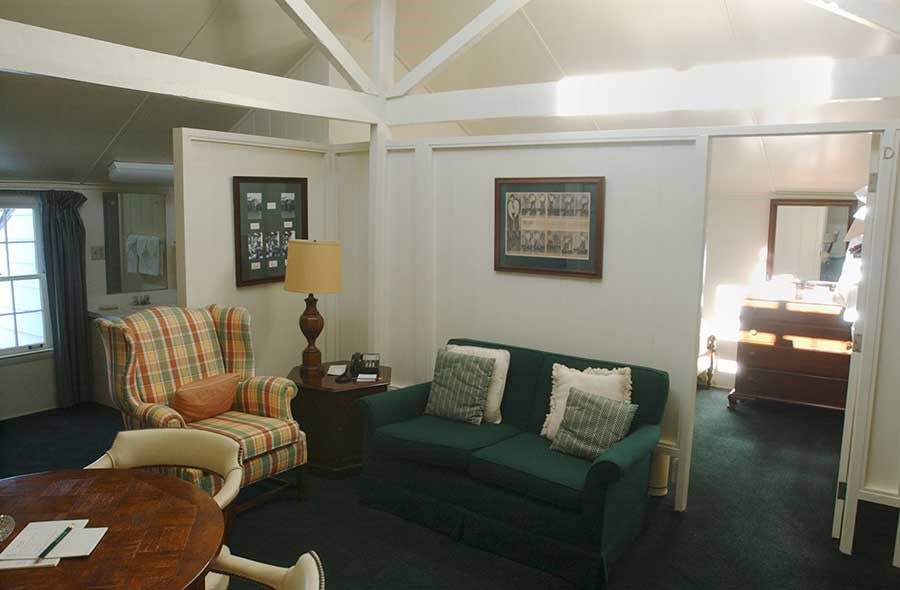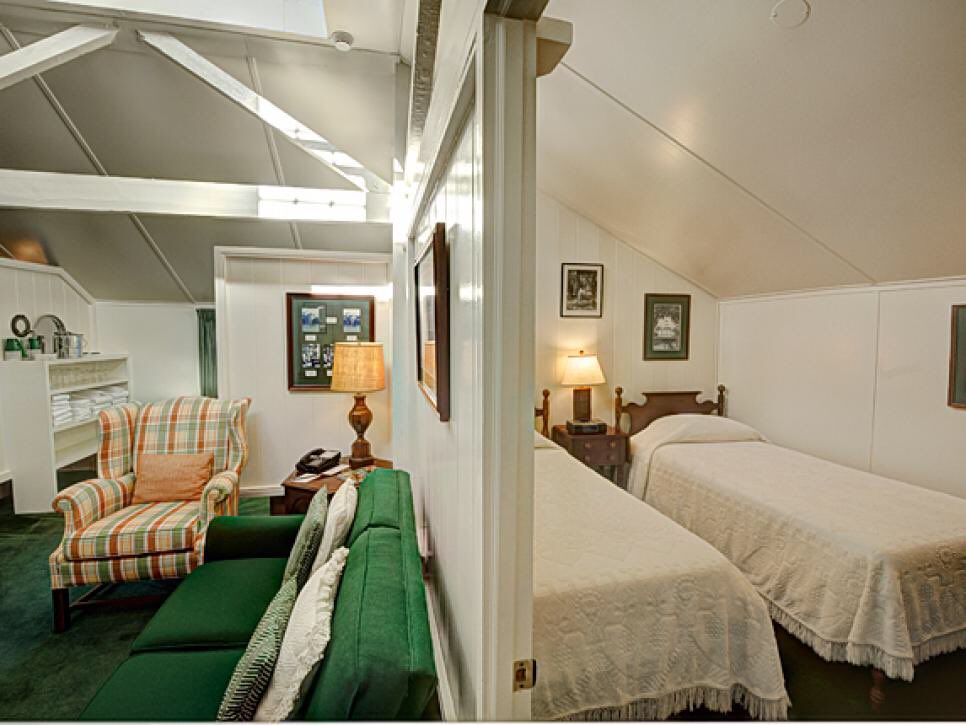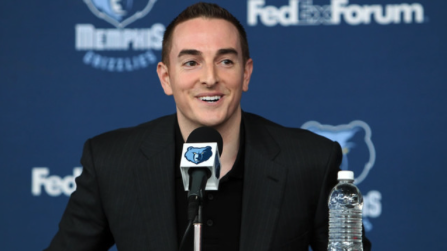
With more than $7 billion in annual sales, Gatorade has become an iconic part of sports history — earning the University of Florida about $300M in royalties.
The craziest part?
They should have made $1 billion more.
Time for a thread 👇👇👇
The craziest part?
They should have made $1 billion more.
Time for a thread 👇👇👇

1) Let's start in the summer of 1965 — Florida Gators head coach Ray Graves notices that the brutal Florida heat & humidity is having an adverse impact on his players performance.
Who does he turn to for help?
Science.
Graves heads to the schools laboratory to get answers…
Who does he turn to for help?
Science.
Graves heads to the schools laboratory to get answers…

2) Head coach Ray Graves enlisted the help of four UF scientists, including Robert Cade — the school's kidney disease specialist.
The scientists attended practice & games, interviewed athletes and measured their hydration through urine samples.
Next up — analyzing the results.
The scientists attended practice & games, interviewed athletes and measured their hydration through urine samples.
Next up — analyzing the results.
3) When analyzing the results, Robert Cade realized that heat combined with a lack of hydration resulted in players who were extremely low on electrolytes like sodium & potassium.
Players were commonly losing 6-9 pounds per game, with some up to 20.
Cade needed a solution…
Players were commonly losing 6-9 pounds per game, with some up to 20.
Cade needed a solution…
4) By creating a mixture of water, sugar, salt, potassium, phosphate and lemon juice, Robert Cade and his fellow scientists created a formula that—when drank during competition—could keep an athletes body in balance.
The men called it "Gatorade."
But would it work?
The men called it "Gatorade."
But would it work?

5) Initially, Florida head coach Ray Graves let the scientists test Gatorade with a sample of ten players for the 1965 season.
The results were good — players retained weight, stayed hydrated, and the team finished with a surprising 7-5 record.
But the real proof came in 1966.
The results were good — players retained weight, stayed hydrated, and the team finished with a surprising 7-5 record.
But the real proof came in 1966.

6) After seeing results in 1965, Florida rolled-out Gatorade to the entire football team in 1966.
The result?
Florida went 9-2 and won the Orange Bowl.
When asked why they lost, Georgia Tech said:
"We didn't have Gatorade. That made the difference."
The secret was out…
The result?
Florida went 9-2 and won the Orange Bowl.
When asked why they lost, Georgia Tech said:
"We didn't have Gatorade. That made the difference."
The secret was out…
7) After UF won the Orange Bowl in 1966, and word got out about the importance of Gatorade, orders started coming from schools all over the country.
The only problem?
The scientists never intended for it to be a business.
Instead, they approached the university with an offer.
The only problem?
The scientists never intended for it to be a business.
Instead, they approached the university with an offer.

8) With orders coming in and no desire to run a business, Robert Cade called up the University of Florida's Head of Sponsored Research with an offer.
Cade, and his fellow scientists, would sell the school Gatorade in its entirety for $10,000.
They declined, citing no interest.
Cade, and his fellow scientists, would sell the school Gatorade in its entirety for $10,000.
They declined, citing no interest.
9) After being turned down by the University of Florida for $10,000, Robert Cade and his partners struck a deal with beverage company Stokely Van-Camp.
— $25,000 upfront
— $5,000 bonus
— Five-cent royalty per gallon sold
After hearing about the deal, the school wasn't happy.
— $25,000 upfront
— $5,000 bonus
— Five-cent royalty per gallon sold
After hearing about the deal, the school wasn't happy.

10) With Gatorade increasing in popularity, and UF feeling like they missed out on an opportunity, the school sued Robert Cade and his partners.
Cade says:
"They told me Gatorade belonged to them and all the royalties were theirs. I told them to go to hell. So they sued us.”
Cade says:
"They told me Gatorade belonged to them and all the royalties were theirs. I told them to go to hell. So they sued us.”
11) Long story short—because the founders were employees—UF believed Gatorade was theirs.
There were just 2 issues:
1. They were funded by the National Department of Health
2. Robert Cade never signed UF's standard invention agreement, which would entitle UF to 75% royalties.
There were just 2 issues:
1. They were funded by the National Department of Health
2. Robert Cade never signed UF's standard invention agreement, which would entitle UF to 75% royalties.
12) In an effort to end the lawsuit, Gatorade's founders struck a deal with the University of Florida.
The "Gatorade Trust" kept the economics of their deal, but would give 20% of their royalty distribution to the university.
How much was that?
~$500,000 in the first 4 years.
The "Gatorade Trust" kept the economics of their deal, but would give 20% of their royalty distribution to the university.
How much was that?
~$500,000 in the first 4 years.
13) Since agreeing to a deal with UF in 1971, Gatorade has become one of the most iconic brands in sports history.
The brand has been acquired twice — by Quaker Oats & Pepsi — and currently does over $7B in annual revenue.
As for it's founders, they did alright themselves…
The brand has been acquired twice — by Quaker Oats & Pepsi — and currently does over $7B in annual revenue.
As for it's founders, they did alright themselves…

14) Over time, Gatorade's royalty agreement changed — now they receive between 1.9% and 3.6% depending on annual sales.
In total, Gatorade's four founders have seen about $1.5B in royalties.
How about UF?
Their 20% cut has delivered the school about $300M in royalties.
In total, Gatorade's four founders have seen about $1.5B in royalties.
How about UF?
Their 20% cut has delivered the school about $300M in royalties.
15) In the end, the University of Florida still made hundreds of millions of dollars from Gatorade — but the point is, it should have been billions.
Sure, $10,000 was on the line — but you have to take risks to earn the reward.
Sure, $10,000 was on the line — but you have to take risks to earn the reward.
If you enjoyed this thread, you should:
1. Follow me, I tweet cool sports business stories everyday.
2. Subscribe to my free daily newsletter where I give detailed analysis on topics involving the money and business behind sports.
readhuddleup.com
1. Follow me, I tweet cool sports business stories everyday.
2. Subscribe to my free daily newsletter where I give detailed analysis on topics involving the money and business behind sports.
readhuddleup.com
Also, don't forget @AthleticBrewing is the reason I'm able to create sports business content full-time.
If you want to support me, buy some beer - it's really great stuff.
Use code "JOE25" for 25% off at athleticbrewing.com
If you want to support me, buy some beer - it's really great stuff.
Use code "JOE25" for 25% off at athleticbrewing.com
• • •
Missing some Tweet in this thread? You can try to
force a refresh












